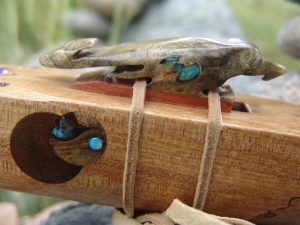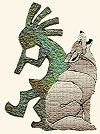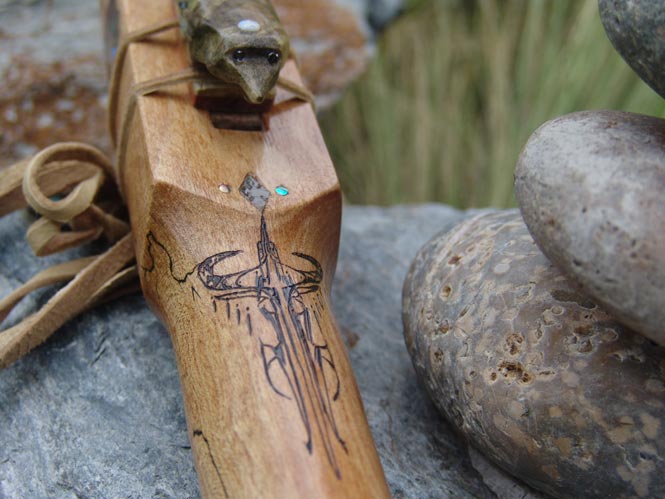“The real risks for any artist are taken in pushing the work to the limits of what is possible, in the attempt to increase the sum of what it is possible to think.”
– Salman Rushdie
My flutes, your fingers, and some changes.
Your fingers aren’t changing…….but my flutes are. Specifically, I’m discontinuing my practice of dishing or indenting the finger holes, and I’ll tell you why. Dishing, cupping, indentin

g etc. facilitates learning the instrument in that the holes are easy to find as you begin play, and half-holing, or rolling your finger off the hole feels more natural from a cupped surface. After discussing the issue with a number of NA flute recording artists, archivists, enthusiasts, collectors, and folks who possess an uncanny ability to play this instrument,…. dished finger holes cease to be a nice touch, and turn into a liability for the advanced player, in terms of creative latitude. To continue building flutes with this feature, is kind of like giving you a bike with training wheels you can never remove. I realize this modification isn’t particularly earth-shaking, but I thou
ght I should mention it since I don’t routinely see skipping a building process altogether as an advancement for the instrument.
On another totally unrelated note. I now have California Buck eye burlwood. I have a lot of it. I have enough for a room addition. This stuff is gorgeous, un-stable, and almost always has voids and fractures that I’m filling with crushed turquoise from Arizona’s famous Sleeping Beauty mine, and crushed red jasper from Africa. This wood provides a stunning contrast to virtually any flute woods I use. I’m going to attempt to build an entire flute from buckeye sometime this year. I’ll be pretty upset if I can’t pull it off, as the wood required to build one flute was $140.00 US. Ok then….back to work. Thanks for stopping by.

